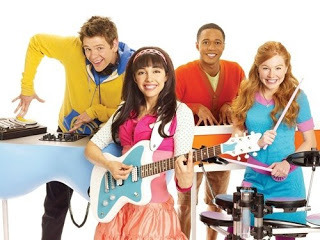Self Editing Tips: Understanding "beats"

It's been said writing for publication can be defined as "10% writing and 90% editing." Writing is easy, but self-editing is a challenge all by itself. Today, I thought I'd talk about "beats," what they are and when to use them effectively as you go back through editing your story.
A beat is that tidbit of action laced through a scene. Beats are usually used with dialogue. Examples of Beats: heads nodding, worrying or nipping at the lower lip, gazing out the window and fisting the hands. Those are examples of external beats. A short interior monologue would be an example of an internal beat. Using a beat allows for a couple of things:
#1 varies the pace of the dialogue
#2 ties the dialogue to the setting and characters
#3 allows for small bits of imagery - keep in mind: Use only small bits. Too much description can be condescending to the reader.
#4 beats anchor your story to reality
How many beats do you need? That depends on the ebb and flow your dialogue. If you're writing a high tension scene it's best to use a minimum amount of beats. If you're in a less tense scene, you might want more beats.
Remember: use "fresh" beats. No two people walk across a room the same way. People watch. You get some good ideas from that. Pay attention to beats that you read. You can learn a lot from reading.
Reference: Self-Editing for Fiction Writer by Renni Brown and Dave King, Harper Resource, 2nd Edition, 2004, 279 pages.
Published on January 17, 2012 06:00
No comments have been added yet.



